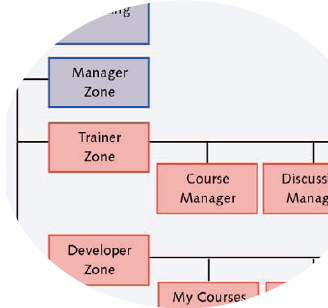Chapter 18. Ten Things That Can Go Wrong
In This Chapter
Managing project scope creep
Making time for a site map
Presenting design options that you can live with
Including user tests in your proposals
Keeping technology tinkering under control
Planning for international localization
Managing database-driven sites
Marketing your site
You may know how to initiate a project with a client, build a site map, create design directions, and make technology choices, but you must know one more thing to be a successful Web designer: contingency planning. Anticipating the worst that can happen in the course of a project and planning how to deal with it are the last steps towards becoming a full-fledged Web designer. In this chapter, I list the top ten things that can go wrong, why they happen, and how you can respond to keep a project on track.

"Can We Add Just One More Thing?"
When clients first come to you, they often don't know what is possible with Web technologies. They don't know what you can and can't do or how much anything really costs, so they don't ask for it in their Request For Proposal (RFP). After a project is underway, however, and clients start to see the site take shape, their eyes tend to grow wider and wider with all the cool possibilities.
Warning
As clients become familiar with the Web development process, they may often ask you to throw in an extra Flash movie here, a personalized greeting ...
Get Web Design For Dummies®, 2nd Edition now with the O’Reilly learning platform.
O’Reilly members experience books, live events, courses curated by job role, and more from O’Reilly and nearly 200 top publishers.

